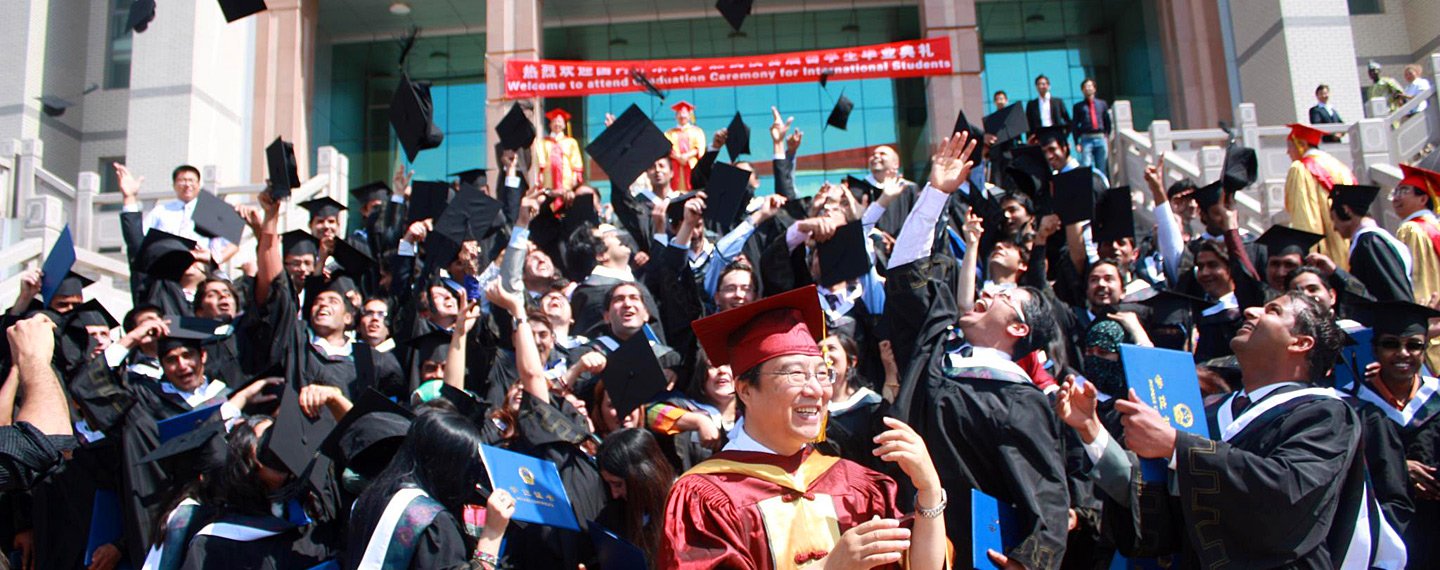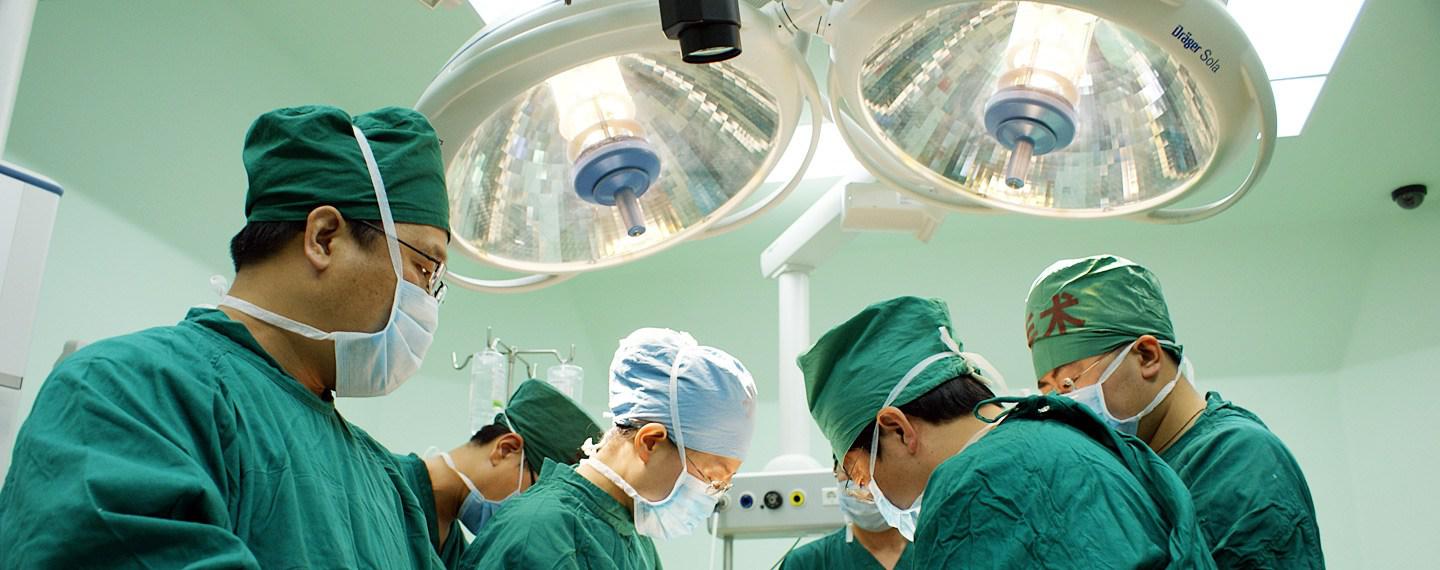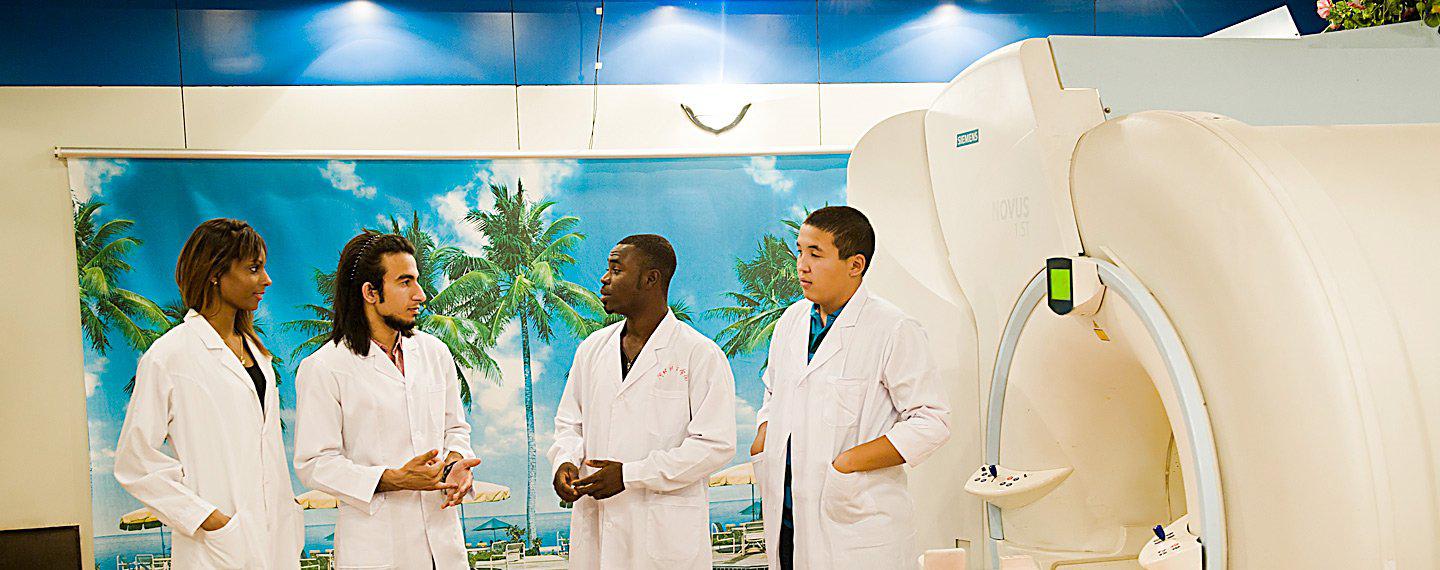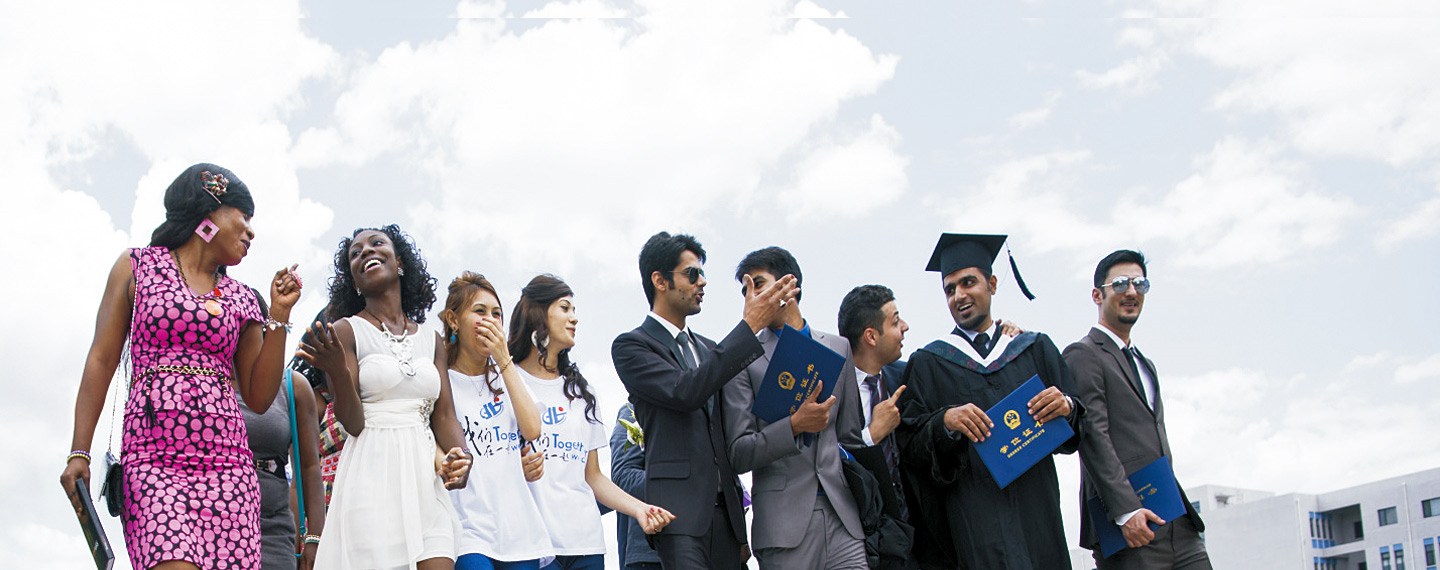 Your Position:
Your Position:
The First, Second and Third Year at Medical School
Time:2016 11 18 Click:9588
First year at medical school
The first year of the medical course is devoted to aiding students in settling in and gaining a good foundation in studying toward their MBBS degree. The first semester is spent teaching students Chinese and improving their speech. This is crucial for a student as they learn how to communicate with the natives and are able to move around on their own.
Chinese is made simple for students as lecturers take time in ensuring that they have a good understanding and command of the language.
The second semester of the first year includes subjects like maths, physics, chemistry and Chinese. This is the basis of the medical course and the first stepping-stone towards subjects like organic chemistry, biochemistry and pharmacology.
Students get a summer vacation between the first and second semester. During this time they are encouraged to travel and visit the bountiful sights China has to offer.
All students will be required to write an exam at the end of the year. This is to test the knowledge learnt throughout the year. Students will also be required to complete a Chinese exam (HSK).
Lecturers take extra cares in ensuring students receive the help they need. Students are encouraged to interact in class and part take in class activities. The first year is equally if not more important than the following years as it's the gateway to the medical course.
The first year is that of effort, patience and dedication.

Study in China - Hebei North University
Second year medical school courses
The second year at medical school is more intense than the first. Students get an initial concept of the MBBS course as the foundation is built. This year focuses on subjects like systemic and regional anatomy, the building blocks of the body system, physiology, an in depth knowledge of how life actually works and further subjects like cell biology and biochemistry.
At this stage students are introduced to various labs and taught different techniques. One of the highlights of the second year in medical school is anatomy dissections where students learn the most anticipated experience in a medical students career, how to hold a scalpel. This quickly becomes a craze as students take every opportunity to cut open a cadaver with the enthusiasm of learning on a live specimen and chasing what one would call “a newly found temporary high”.
Biologically students are taught about the smallest living unit, the cell, in cell biology and gain further understanding in microbiology when they are exposed to the concepts on a microscopic scale. Biochemistry is the amino acid of pharmacological education and is the stepping-stone that prepares students for their third year where it is taught in greater detail as pharmacology.
In the second year students learn whether studying MBBS was a decision made from the heart or the head as they discover their calling and realize that medicine is more of a passion than a career.
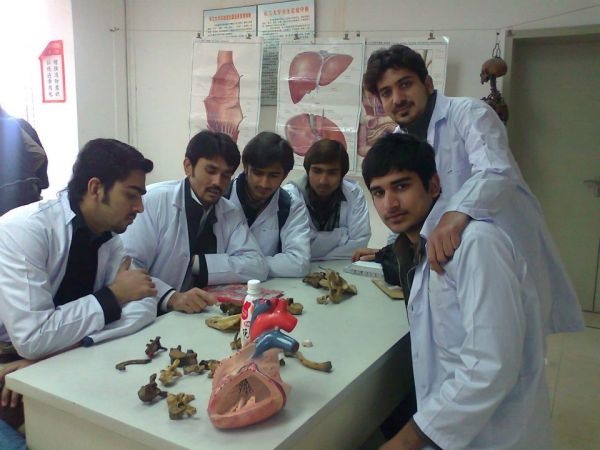
Indian students study mbbs in china
Third year medical school course
A more intricate overview of the subjects previously studied, the third year of medical school is designed to conclude the basic medical education of a medical student. Whilst it is known the initial years of med school is to educate students on the theory of medicine, we must remember that it is also the foundation for clinical practice.
The subjects focused on in the third year include pathology, pharmacology, pathophysiology, radiology, lab and physical diagnosis. During this period students learn the causes and behavior of disease in pathology, how this effects live specimens in pathophysiology lab time and learn about pathogenic diseases in parasitology.
The first and second year serves as a foundation in many ways; one of the key aspects is the role it plays leading up to the subject pharmacology, which is the study of drug action. It incorporates knowledge on chemical properties and biological effects. Lab and physical diagnosis focuses on diagnostic techniques and provides greater understanding in the world of diagnosis.
The third year is easily considered as a bridge between medical knowledge a clinical practice as it provides the final stages of basic theory and serves as a basis and gateway to clinical practice. It requires a focused mind and takes dedication in grasping concepts.

The first year of the medical course is devoted to aiding students in settling in and gaining a good foundation in studying toward their MBBS degree. The first semester is spent teaching students Chinese and improving their speech. This is crucial for a student as they learn how to communicate with the natives and are able to move around on their own.
Chinese is made simple for students as lecturers take time in ensuring that they have a good understanding and command of the language.
The second semester of the first year includes subjects like maths, physics, chemistry and Chinese. This is the basis of the medical course and the first stepping-stone towards subjects like organic chemistry, biochemistry and pharmacology.
Students get a summer vacation between the first and second semester. During this time they are encouraged to travel and visit the bountiful sights China has to offer.
All students will be required to write an exam at the end of the year. This is to test the knowledge learnt throughout the year. Students will also be required to complete a Chinese exam (HSK).
Lecturers take extra cares in ensuring students receive the help they need. Students are encouraged to interact in class and part take in class activities. The first year is equally if not more important than the following years as it's the gateway to the medical course.
The first year is that of effort, patience and dedication.

Study in China - Hebei North University
Second year medical school courses
The second year at medical school is more intense than the first. Students get an initial concept of the MBBS course as the foundation is built. This year focuses on subjects like systemic and regional anatomy, the building blocks of the body system, physiology, an in depth knowledge of how life actually works and further subjects like cell biology and biochemistry.
At this stage students are introduced to various labs and taught different techniques. One of the highlights of the second year in medical school is anatomy dissections where students learn the most anticipated experience in a medical students career, how to hold a scalpel. This quickly becomes a craze as students take every opportunity to cut open a cadaver with the enthusiasm of learning on a live specimen and chasing what one would call “a newly found temporary high”.
Biologically students are taught about the smallest living unit, the cell, in cell biology and gain further understanding in microbiology when they are exposed to the concepts on a microscopic scale. Biochemistry is the amino acid of pharmacological education and is the stepping-stone that prepares students for their third year where it is taught in greater detail as pharmacology.
In the second year students learn whether studying MBBS was a decision made from the heart or the head as they discover their calling and realize that medicine is more of a passion than a career.

Indian students study mbbs in china
Third year medical school course
A more intricate overview of the subjects previously studied, the third year of medical school is designed to conclude the basic medical education of a medical student. Whilst it is known the initial years of med school is to educate students on the theory of medicine, we must remember that it is also the foundation for clinical practice.
The subjects focused on in the third year include pathology, pharmacology, pathophysiology, radiology, lab and physical diagnosis. During this period students learn the causes and behavior of disease in pathology, how this effects live specimens in pathophysiology lab time and learn about pathogenic diseases in parasitology.
The first and second year serves as a foundation in many ways; one of the key aspects is the role it plays leading up to the subject pharmacology, which is the study of drug action. It incorporates knowledge on chemical properties and biological effects. Lab and physical diagnosis focuses on diagnostic techniques and provides greater understanding in the world of diagnosis.
The third year is easily considered as a bridge between medical knowledge a clinical practice as it provides the final stages of basic theory and serves as a basis and gateway to clinical practice. It requires a focused mind and takes dedication in grasping concepts.

RELATED BLOG

